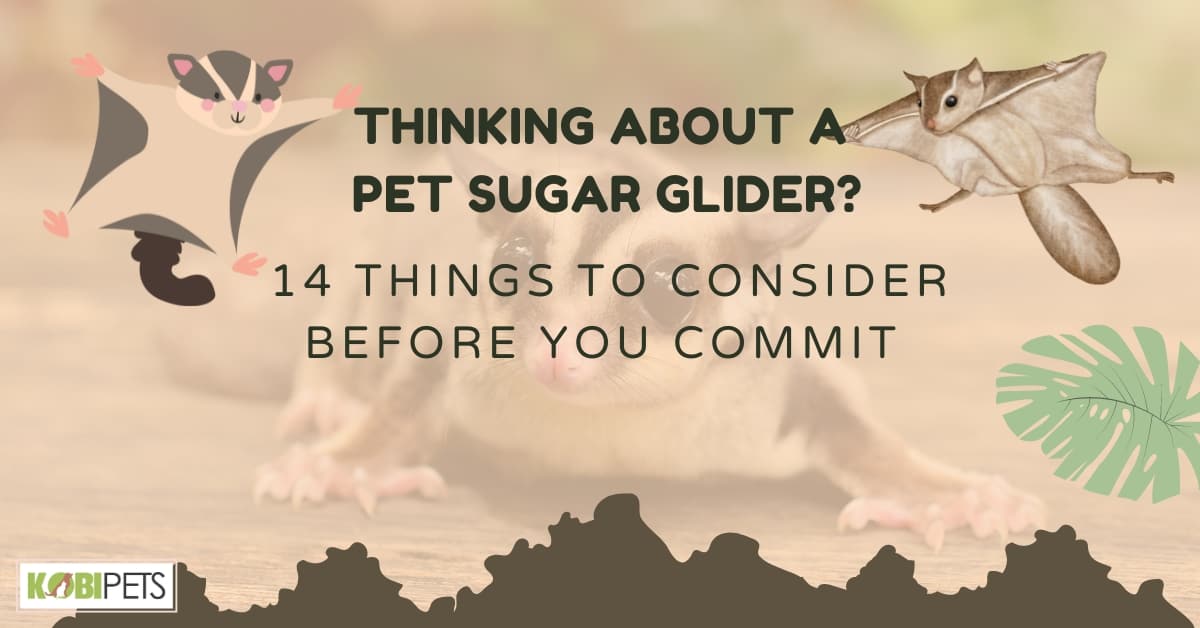
If you’re planning on bringing home a pet sugar glider and have the proper supplies ready to go, there are some important points to consider. From their tendency to be a bit nippy to their typically nocturnal lifestyle, understanding your pet’s habits is essential for a mutually beneficial relationship.
Thinking of getting a pet sugar glider? Consider their social needs, nocturnal habits, long lifespan, and the possibility of owning being illegal in some places. Also, plan for their care during vacations and make sure they have a proper diet, housing, and toys. It is a long-term commitment, but with proper care, they can make wonderful pets.
1. Nocturnal Nature of Sugar Gliders
One of the important things to consider before committing to a sugar glider as a pet is its nocturnal nature. Sugar gliders are naturally active at night and sleep during the day, which means they will be most active and require attention and playtime during the nighttime hours.
This can be a challenge for those who have a busy daytime schedule or prefer a more traditional pet with a diurnal (daytime) sleep pattern.
Owning a nocturnal pet may also affect your sleep schedule, as the noise and activity level of a sugar glider can be disruptive to some people. If you live in a shared space or have close neighbors, the noise level may also be a concern.
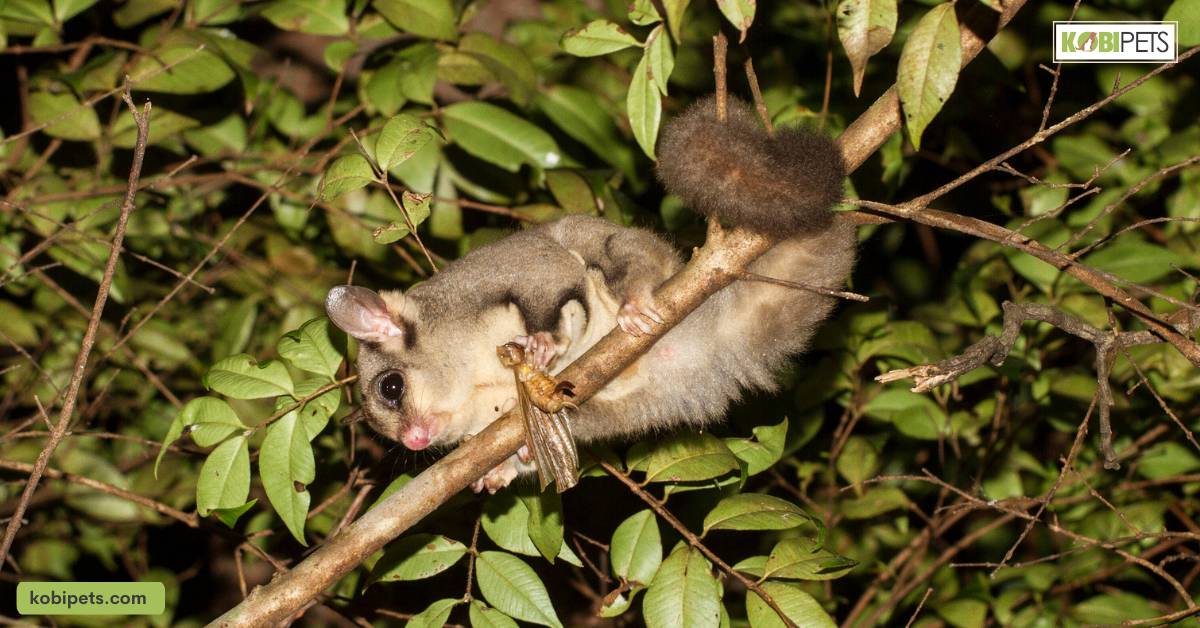
2. Long Lifespan of Sugar Gliders
Another factor to consider before committing to a sugar glider as a pet is its relatively long lifespan. Sugar gliders can live for up to 15 years or more with proper care and a healthy diet, which means that owning a sugar glider is a long-term commitment.
It is important to consider if you are prepared to make a long-term commitment to caring for your sugar glider for the duration of their life.
This includes providing for their dietary, housing, and medical needs, as well as being emotionally available for bonding and spending time with them.
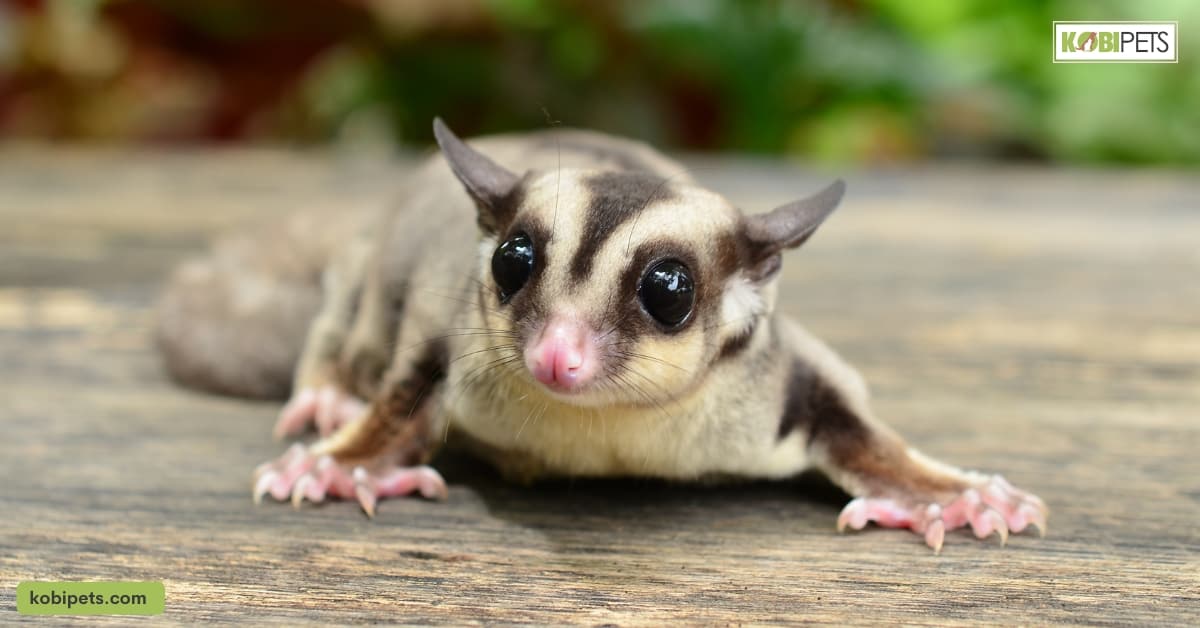
3. Don’t Socialize With Other Animals
For any potential pet owners looking to add a sugar glider to the family, there are a few important points to consider. The most important reminder is to not socialize with other animals, including other sugar gliders or other animals sharing the same area.
Sugar gliders possess strong territorial instincts and will mark their territory with scents as well as demonstrate territorial behaviors.
Allowing multiple animals to cohabitate in the same area may lead to fighting and serious harm to your pet sugar glider and other animals in the area.
Therefore, it is critical for the safety of your pet that you stick to this rule of not socializing with other animals, both for the comfort of your own pet and for protecting the well-being of nearby animals.
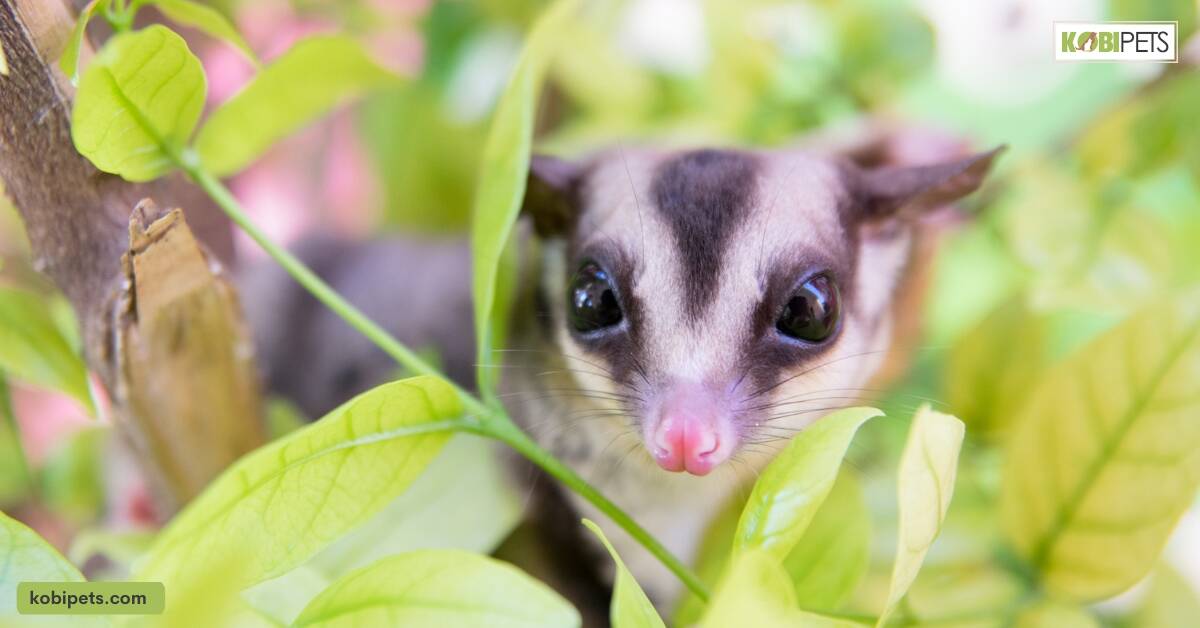
4. Local Laws and Regulations regarding Sugar Gliders
Before committing to a sugar glider as a pet, it is important to research and understand the local laws and regulations regarding their ownership in your area. In some places, owning a sugar glider is illegal and can result in penalties, fines, or even confiscation of your pet.
It is important to check with your local government or a wildlife rehabilitation center to understand the laws and regulations regarding the ownership of exotic pets, including sugar gliders.
Some places may have specific requirements for housing, care, and licensing for owning exotic pets, and failure to comply with these regulations can result in legal consequences.

5. You Should Own Two
Owning a pet sugar glider is not a decision to take lightly; they require specialized care and years of commitment. Before you decide to get one, consider the cost, habitat, diet needs and overall commitment involved.
Sugar gliders are known for having incredibly high energy levels which can make them difficult to handle. Their diet requires special efforts as well as ongoing monitoring, requiring scheduled vet visits for checkups.
Additionally, owning two sugar gliders gives you the added benefit that they can keep each other entertained and socialized in ways humans simply can’t replicate.
If you have the resources available and are committed to giving your sugar glider or gliders all that they need, then owning two could be just what enhances your family dynamic adding joy and love!
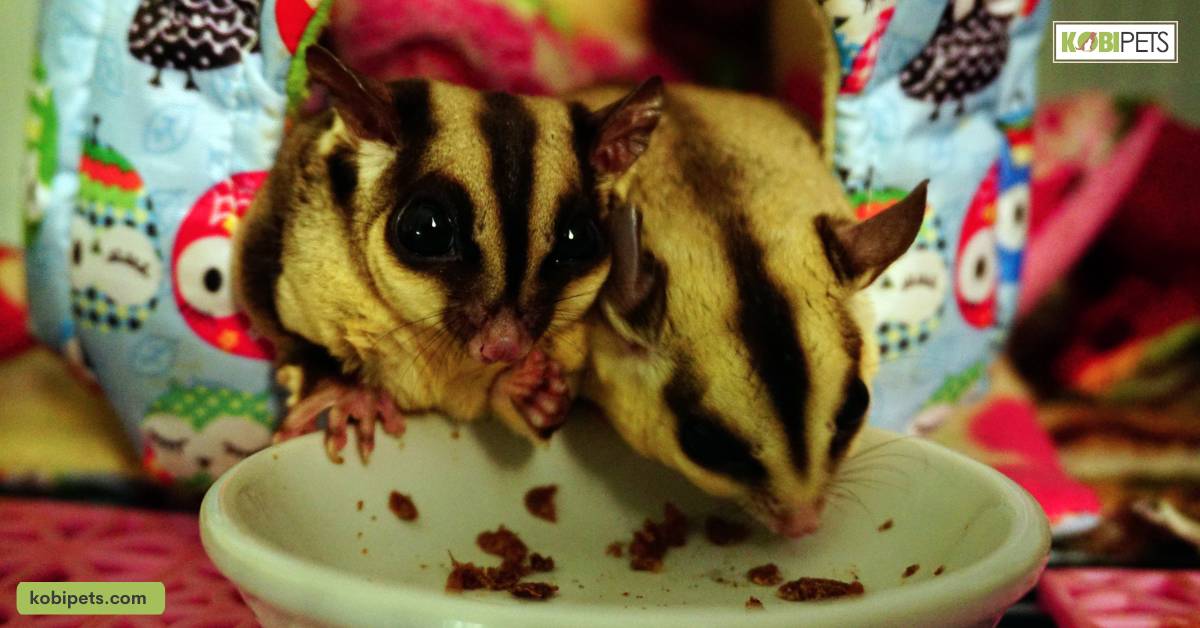
6. Handling and Bonding with your Sugar Glider
One of the unique and endearing traits of sugar gliders is their physical similarity to tiny kangaroos, with their distinctive gliding membrane and active, curious personalities.
However, it is important to understand that sugar gliders are not like traditional domesticated pets and require special handling and bonding techniques to establish a strong and trusting relationship.
Sugar gliders can be skittish and nervous when first introduced to a new environment or person, and it may take time and patience to build trust and a strong bond. Proper handling techniques, such as allowing them to sniff and investigate you before attempting to hold or pet them, can help to reduce their stress and encourage bonding.
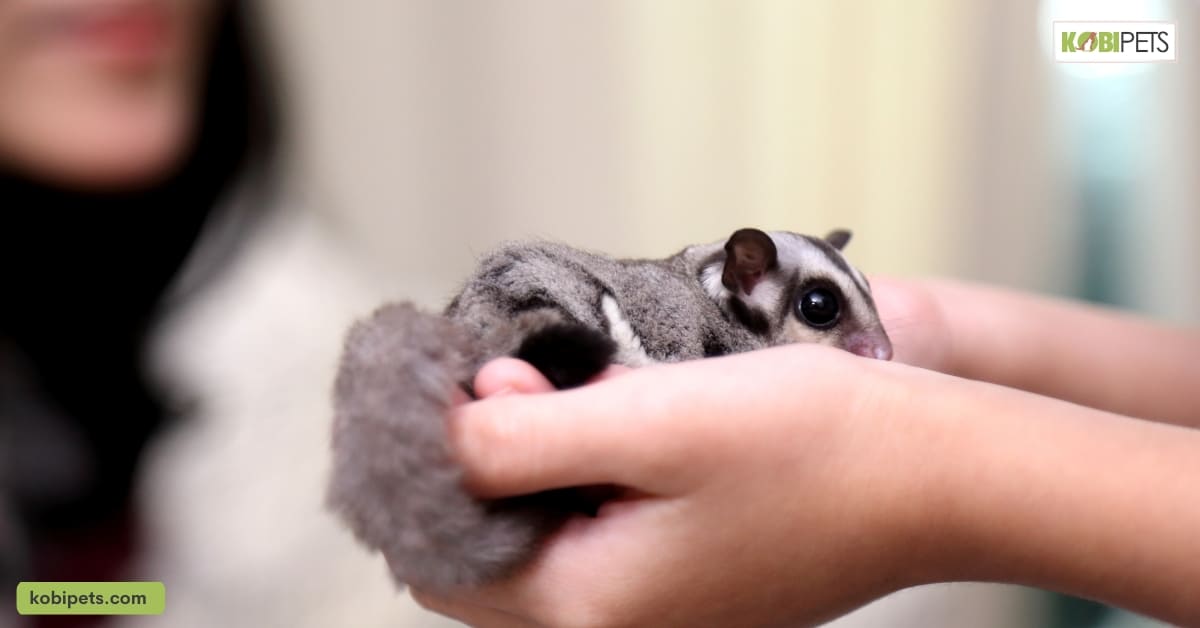
7. They Should Have A Special Environment
A pet sugar glider can make a wonderful addition to the household, however, there are certain considerations that should be addressed before you decide to make this commitment.
They should have a special environment where they can feel secure and can also freely live their natural lifestyle, accessing things such as adequate space for exploring and exercising, comfort materials like sensory fabrics or hammocks, and stimulatory items like toys that move or those with interesting textures.
The enclosure must also be safe to ensure the animal stays in it, as the sugar glider is known for its climbing nature. Having a specialized area set up will give them peace of mind, which in turn will help promote a happy and healthy home life with your pet.
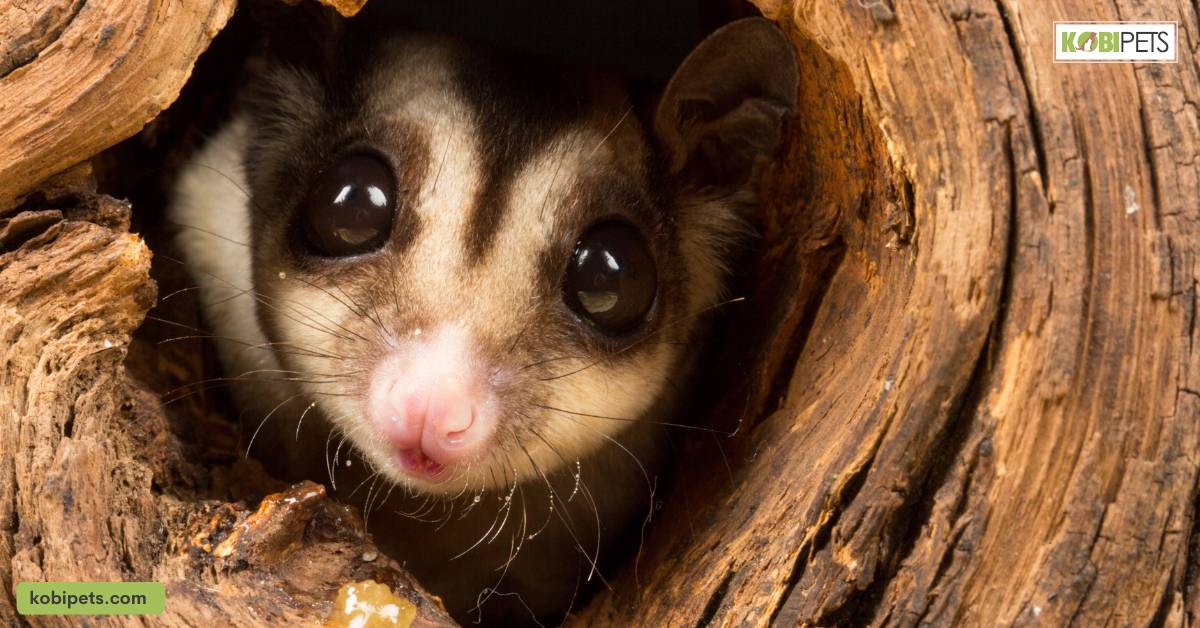
8. Exercise and Playtime Needs
Sugar gliders are playful and active animals that require plenty of opportunities for exercise and playtime to maintain their physical and mental well-being.
As nocturnal animals, they are naturally most active at night, and it is important to provide them with toys, climbing structures, and interactive playtime during this time.
In addition to providing playtime, it is important to make sure your sugar glider’s enclosure is spacious enough to allow for movement and exploration. This will help to keep them physically active and prevent boredom and stress.
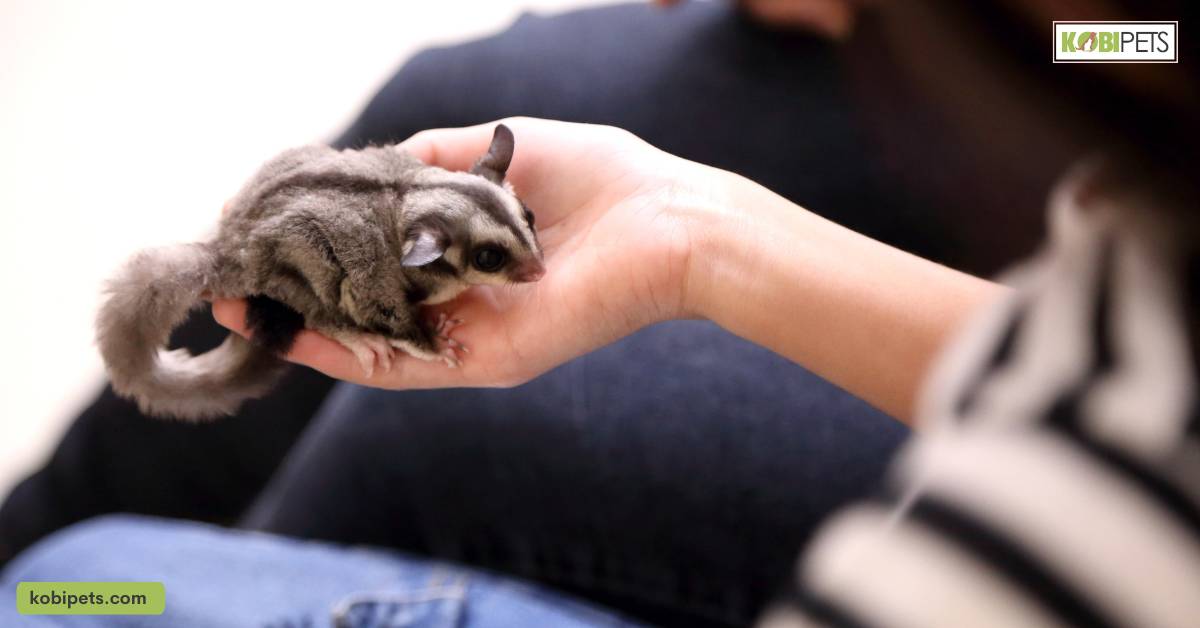
9. They Eat Specific Food
If you’re considering bringing a pet Sugar Glider into your home, its dietary requirements are an important thing to consider. Sugar gliders are omnivores and need a correct balance of proteins, carbohydrates, fats, vitamins, minerals, and water to stay healthy.
They have very specific diets that should include insects such as mealworms, crickets, or bee pollen. Fruits and vegetables should also be included daily in small amounts.
These animals need higher protein content than other domesticated pets and can become ill if their diet is not properly balanced.
It’s best to research carefully an ideal food mix that meets your pet’s needs before committing to a Sugar Glider as this requires ongoing commitment and consistency.
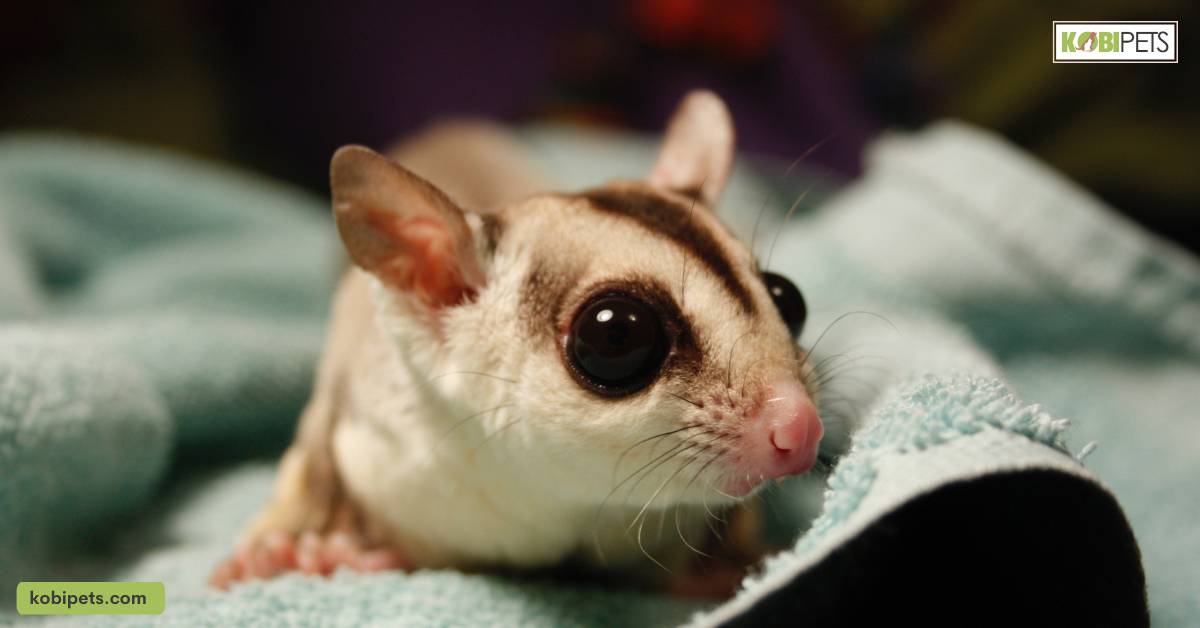
10. Biting and Aggression in Sugar Gliders
While sugar gliders are generally known for being gentle and affectionate pets, it is important to understand that all animals, including sugar gliders, have the potential to bite or exhibit aggressive behavior under certain circumstances.
However, with proper handling and training, incidents of biting or aggression in sugar gliders are rare.
Sugar gliders may bite if they feel threatened or stressed, or if they are not handled properly.
To minimize the risk of biting, it is important to approach and handle your sugar glider slowly and calmly, and to avoid handling them when they are in a stressful or agitated state.
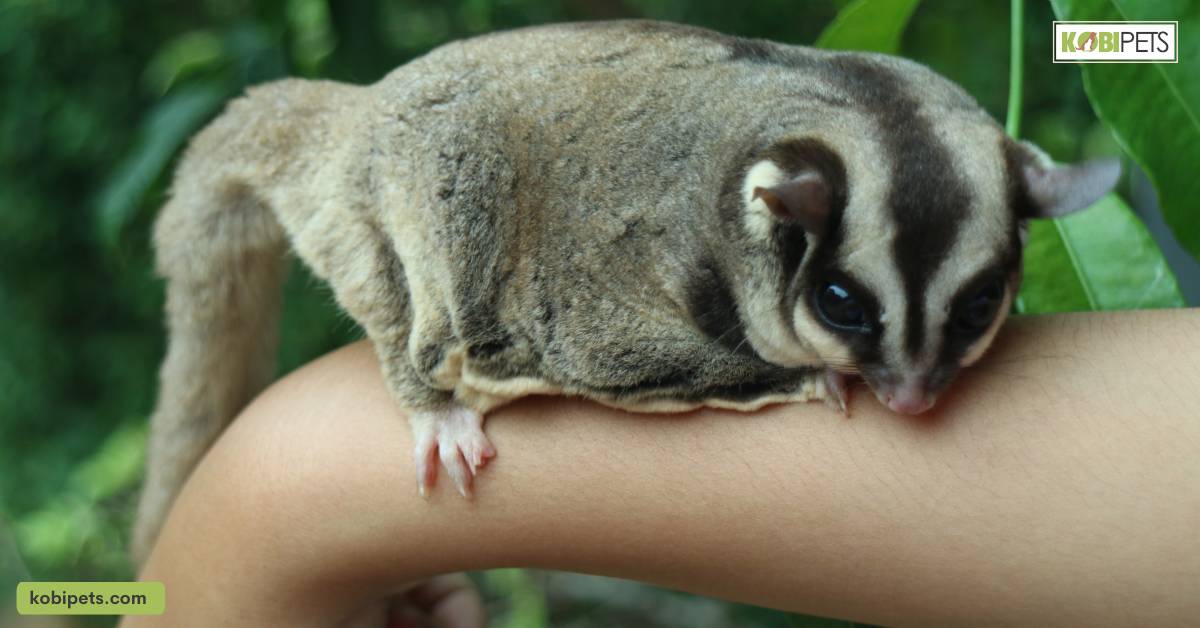
11. They Need Special Care
Sugar gliders can make excellent pets for families, but they require extra levels of care and commitment to ensure their health and well-being. These marsupials need a social life with their owner, as well as a balanced diet of insects, fruits, and vegetables.
They also need specialized living space, including proper temperature control and a cage to keep them safe. Furthermore, they should not be left alone for long periods of time and will require regular veterinary visits alongside regular grooming, exercise,
and enrichment activities. While sugar gliders have playful and active personalities that can bring joy to any family, it’s important to take into account the above factors before committing to keeping a pet sugar glider.
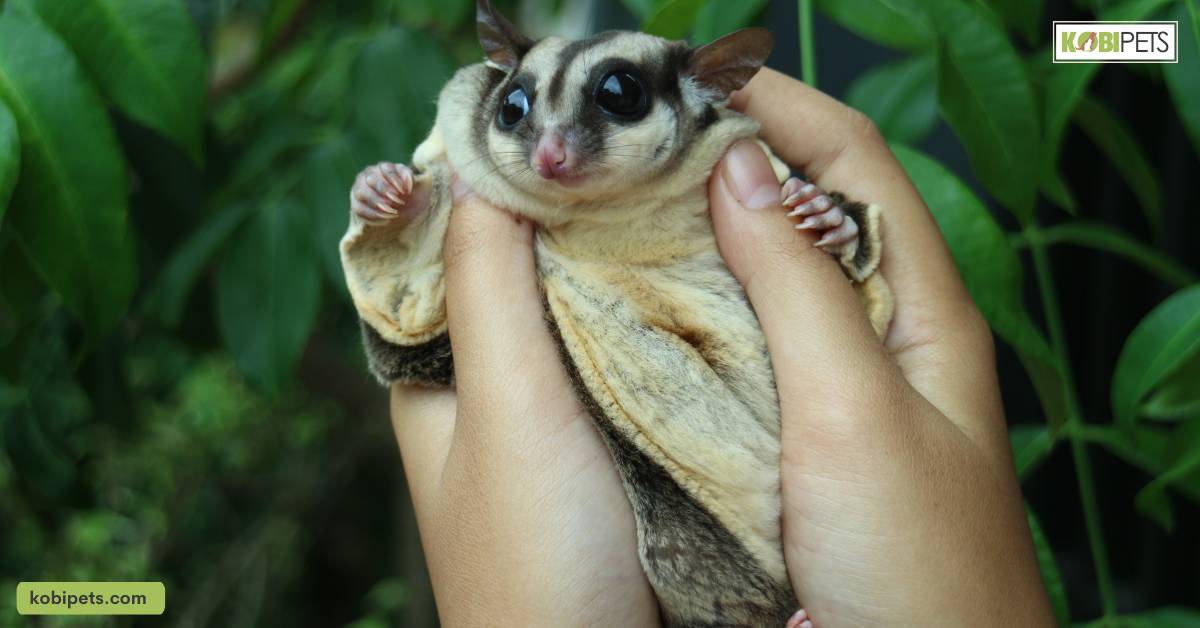
12. Social Requirements of Sugar Gliders
Sugar gliders are social animals and naturally live in colonies in the wild. As a result, they do best when kept in pairs or small groups and may become lonely or stressed if kept as a single pet.
When kept in pairs or groups, sugar gliders are known for their playful and affectionate behavior, and for developing strong bonds with their companions. They enjoy playing and grooming each other, and may even snuggle together for warmth.
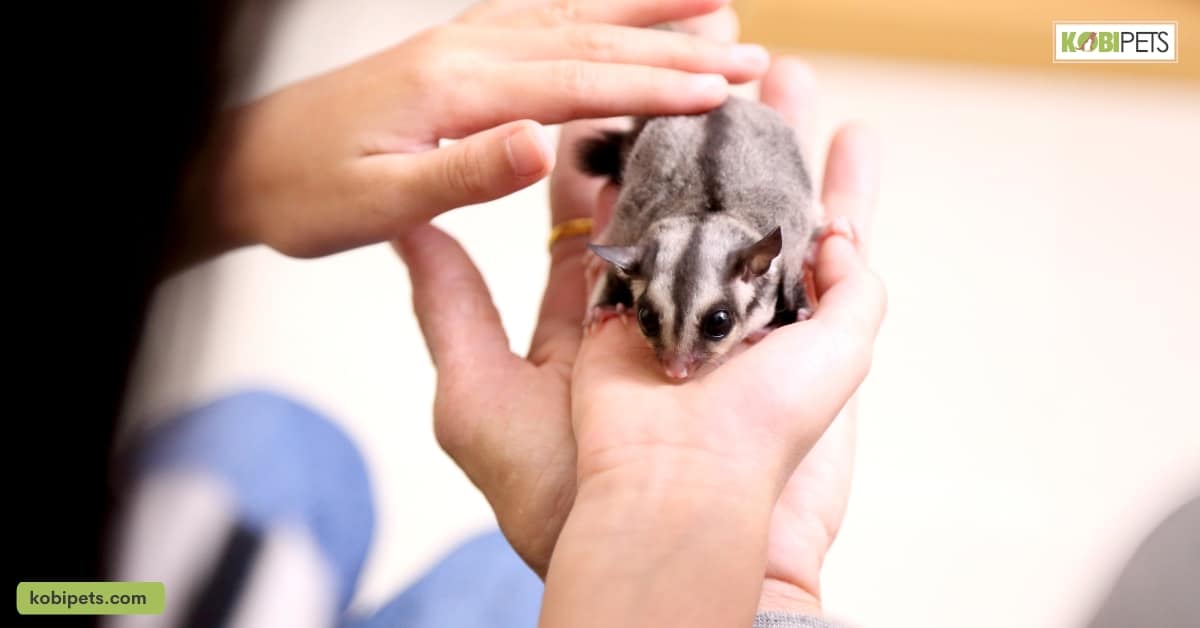
13. They Are Expensive
Adding a pet sugar glider to your family is an exciting prospect. But, before you commit to this small yet fascinating marsupial, you need to do your research and consider the cost of caring for it. Sugar gliders are not inexpensive pets.
The initial cost for supplies such as a cage, food bowls, and leash could go up to several hundred dollars. That does not include the additional expenses for their diet of fresh fruits and vegetables or a visit to the vet for checkups and vaccines.
Before getting a sugar glider, make sure you can provide them with the care they require at the expense needed. With proper care and attention from their owners, they can make wonderful lifelong companions with big personalities.
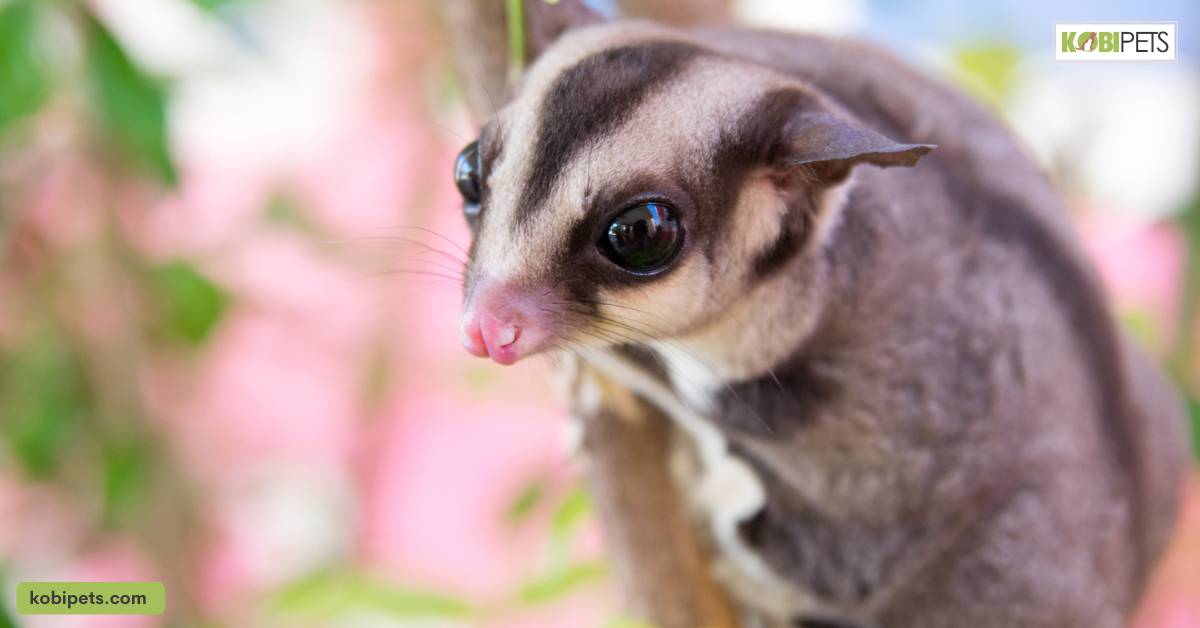
14. Finding Care for Your Sugar Glider When You’re Away
Owning a pet sugar glider is a long-term commitment, and it is important to consider what will happen to your sugar glider if you are unable to care for them for an extended period of time, such as when you go on vacation or travel for work.
It is important to have a plan in place for the care of your sugar glider when you’re away and to ensure that they receive the necessary attention, food, and medical care during this time.
This can include finding a trusted friend or family member to care for your sugar glider, or hiring a professional pet sitter.
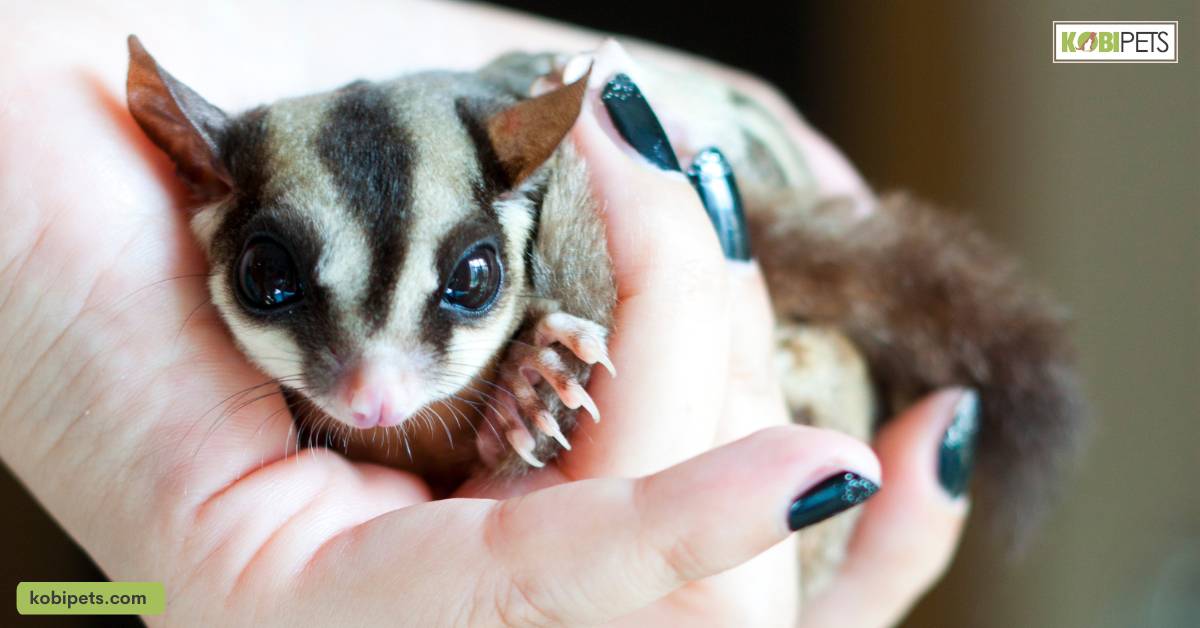
In conclusion
Before making the decision to become a pet sugar glider owner, you should be aware of all the considerations. A few key points to remember are that they are social animals who need lots of attention, require specialized food and diet that can be costly, and have unique housing requirements.
Considering each of these areas carefully is essential in order to provide the best possible environment for your pet sugar glider’s health and happiness. Ultimately, while owning a sugar glider is a commitment – with the right research, knowledge, and planning – it can also be an incredibly rewarding experience!






